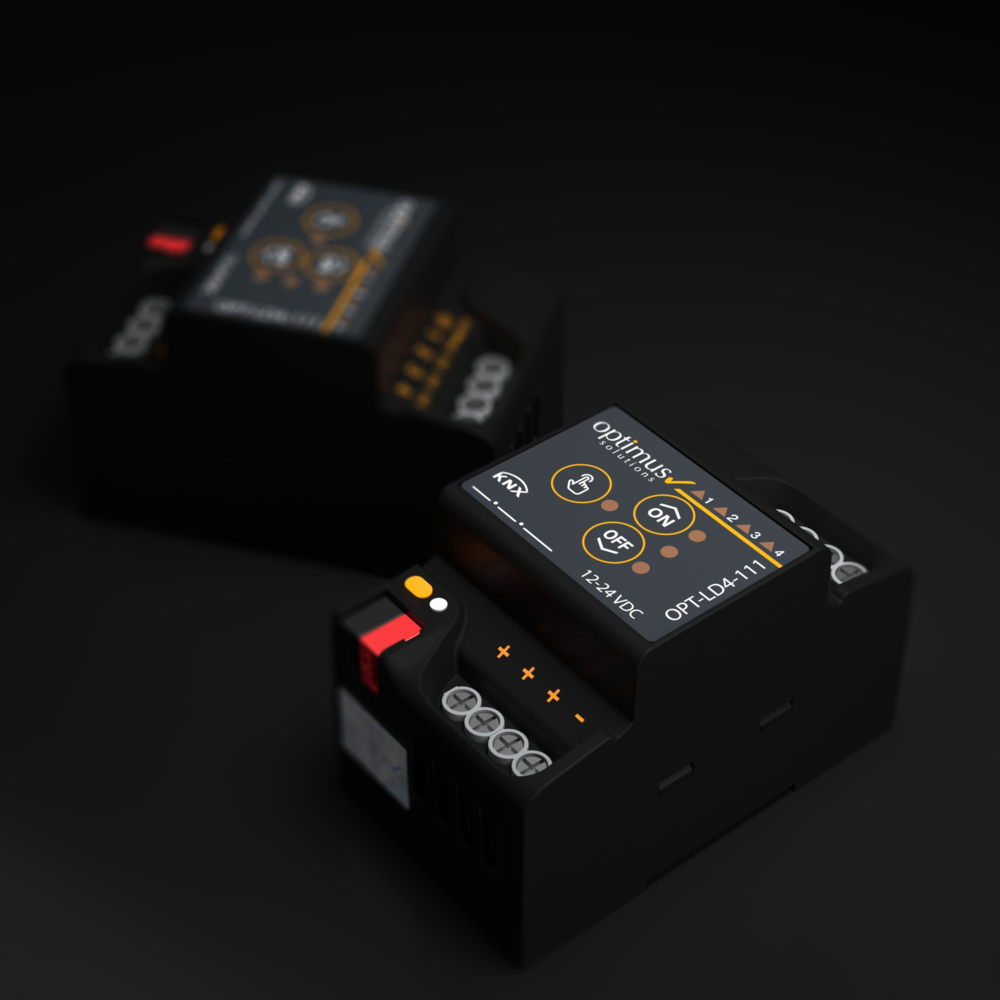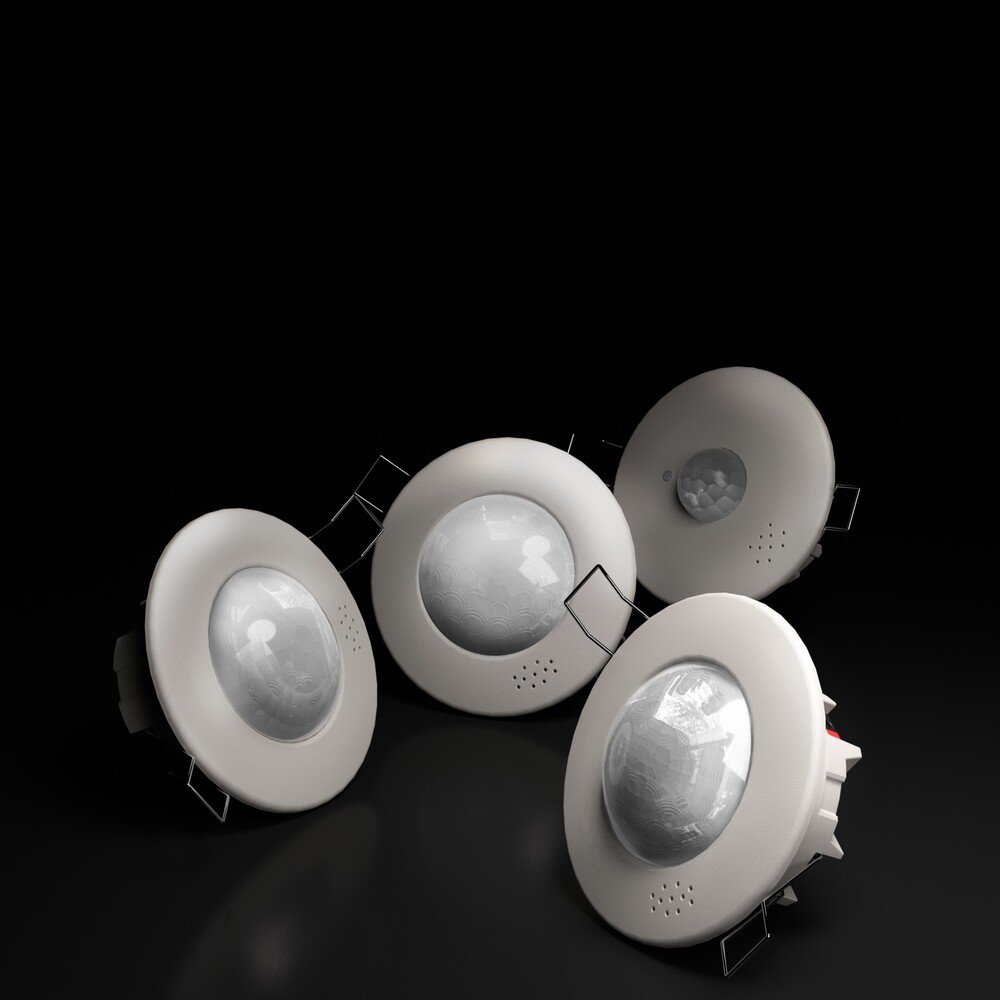Energy-Efficient Lighting with KNX Systems
When people think of smart homes, one of the first things that usually comes to mind is automated lighting.
Lights that turn on when motion is detected and switch off automatically after a certain period are not only convenient,
but they also help prevent energy waste — no more accidentally leaving the basement light on for days.
Even with energy-efficient LEDs, unnecessary usage can still lead to significant waste.
That’s where KNX systems come in, offering intelligent lighting control to ensure
that lights are only used when and where they’re needed.
KNX-based lighting control goes far beyond simply switching lights on and off.
It includes advanced features like dimming, color temperature adjustment,
and customizable lighting scenes. For instance, a warm, cozy light can be activated during dinner time,
while a cooler, brighter light can be used for work or study — all with a single touch or fully automated based on schedules or sensor input.
These systems also integrate with natural daylight, adjusting artificial lighting levels
in real-time to complement the amount of sunlight entering the room.
This not only optimizes comfort but also minimizes energy consumption.
In summary: KNX-powered energy-efficient lighting doesn’t just save electricity —
it transforms living and working spaces into smart, comfortable, and sustainable environments.




